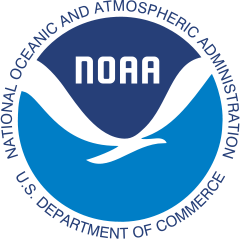Error 404 (Page Not Found)
Sorry, but we can’t find the page you requested. The content you requested may have been relocated or no longer exists.
Here are some options that may help you:
- If you typed in the address, please check your spelling and try again.
- Use our site search to find what you were looking for:
- If you came here from another site you might want to inform that site's owner the link is incorrect.
- Start over at our home page.
- If you think this is a server error, please contact the Webmaster.


